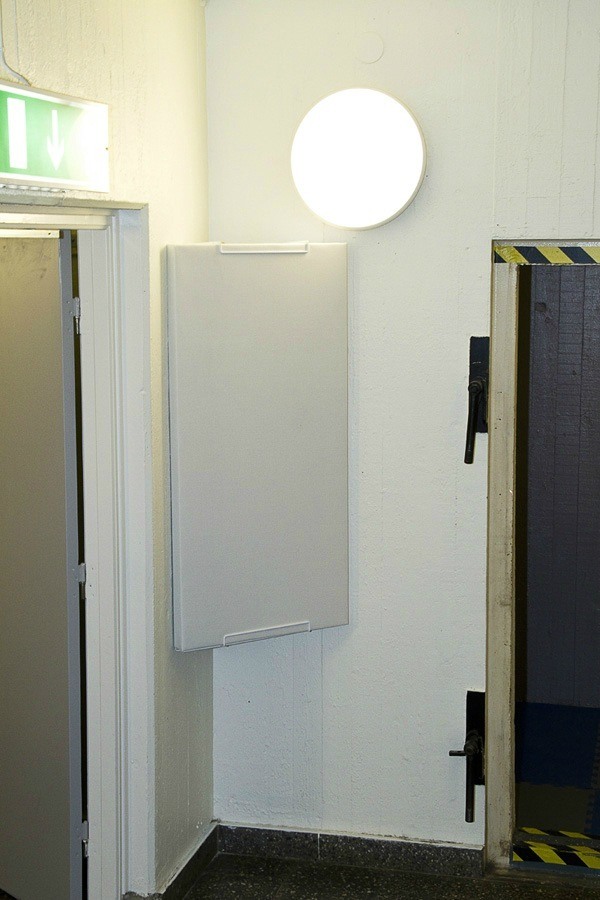Effectively absorb low-frequency sound – How to create a pleasant sound environment
Low-frequency sound, i.e., tones below 200 Hz, is a common problem in homes, offices, restaurants, and public environments. These sounds are characterized by longer wavelengths that easily pass through ordinary thin absorbers. Typical sources of disturbance include traffic noise from heavy vehicles, rumbling ventilation systems, heat pumps, bass sounds from music and nightclubs, and structure-borne noise from machines and household appliances. Low frequencies are often perceived not only through the ears, but also as vibrations in the body, which can cause stress, irritation, and discomfort.
Effectively reducing low-frequency noise therefore requires specially adapted acoustic solutions. Here we explain how you can create a quieter and more comfortable sound environment.
Why is low-frequency sound so difficult to absorb?
Low tones have significantly longer wavelengths than high-frequency sounds, which means they pass through thin materials more easily. This means that standard absorbers, which are often used for high-frequency sounds, are not sufficient. Instead, specially developed, thick, high-density materials are needed to effectively absorb low-frequency sound waves.
Best methods for absorbing low-frequency sound
To achieve effective sound absorption of low-frequency sound, you should use broadband absorbers, also known as bass absorbers or bass traps. These absorbers are thicker than traditional sound absorbers, often between 100–200 mm, and are specially designed to capture and convert low-frequency sound energy into heat. Installing these with an air gap behind them further enhances their effect, which is particularly effective in the frequency range around 50–500 Hz.
Place bass traps in the corners of the room for optimal effect
The corners of a room are places where low-frequency sounds accumulate and are amplified by the reflection of sound waves. Therefore, corner-mounted bass traps are one of the most effective measures for reducing low-frequency sound problems. These bass traps should be approximately 300–600 mm thick, depending on the size of the room and sound levels. By strategically placing bass traps in the corners, you can significantly reduce low-frequency resonances and create a balanced sound environment.
Membrane absorbers for specific frequencies
In certain situations, when specific frequencies are particularly problematic, membrane absorbers—also known as panel absorbers—are an effective solution. These absorbers consist of a dense front panel and an air pocket behind it, which allows them to be tuned to absorb a specific low-frequency tone, usually between 50–150 Hz. Membrane absorbers can be customised and placed exactly where they are most effective, making them ideal for music studios, cinemas and rooms where precision in the sound image is crucial.
Helmholtz resonators – Special solutions for low-frequency sound problems
Helmholtz resonators are another effective special solution for dealing with low-frequency sound. These resonance boxes are carefully dimensioned to absorb specific frequencies. Although they require advanced design, they are highly effective and compact solutions, perfect for rooms where space is limited but low-frequency noise is a significant problem.
Combine methods for best results
For the best possible sound comfort, we recommend a combination of the above solutions. Start with corner-placed bass traps and then supplement with broadband absorbers on walls and ceilings. If necessary, you can add specially adapted membrane absorbers or Helmholtz resonators for specific frequency ranges.
Create a pleasant sound environment with effective absorption of low-frequency sound
By using the right materials and strategically placed bass traps, membrane absorbers, or Helmholtz resonators, you can effectively reduce low-frequency noise and vibrations. Whether the problem is in your home, office, restaurant, or public environment, a good sound environment improves both the well-being and health of those who spend time there. Low-frequency sound absorption is a long-term and wise investment for anyone who wants to create a stress-free, calm, and harmonious environment.








